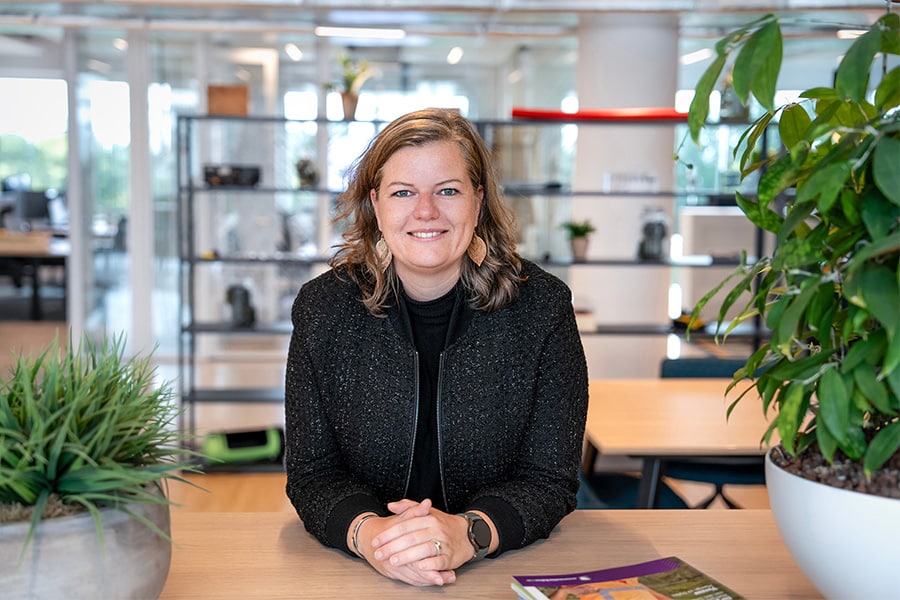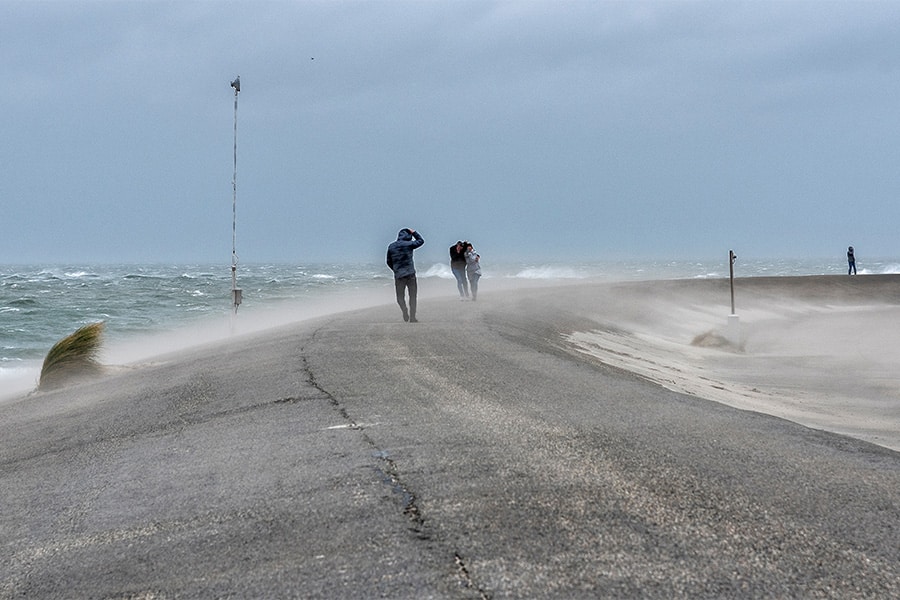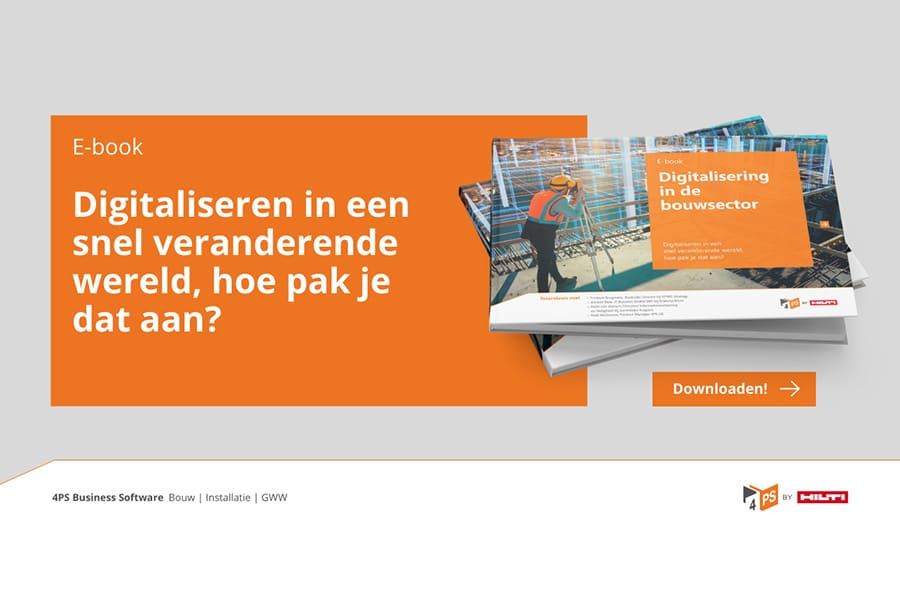
Reinforcement viaduct fully modeled in 3D
By working with Heijmans' designers to fully 3D model and largely prefabricate the reinforcement of the piers, pillar walls, abutments and deck of the new viaduct over the A4, Holterman Reinforcing Steel is able to achieve significant gains in time and cost for main contractor Heijmans.
"We are a completely self-sufficient -A to Z- steel service center with sales of about 2,000 tons per week," begins project manager Reinier Zoer of Holterman Reinforcing Steel. "Our location in Markelo is located on the water with its own dock. This allows large quantities of wire rod, bars, coils and nets to be supplied and removed in a sustainable manner. We can completely unburden the customer. Our own 3D draftsmen, work planners, a fully automated reinforcement center with a variety of drawing, cutting, bending and welding machines are part of our service package. Transportation is also done in-house. We do on-site braiding with regular partners, in this case HBG Betonstaal."

Practical experience in reinforcement design
By prefabricating most of the reinforcement baskets of the new viaduct on site, unnecessary transportation was avoided. This option could be chosen because there was sufficient space on the construction site. Zoer: "Fortunately, we were involved in the project at an early stage. This allowed us -together with the appointed structural engineer- to shed light on the reinforcement requirements. Based on the structural engineer's initial sketches, we fully modeled the reinforcement in 3D." His colleague Koen Rensink (modeler) adds: "A big advantage of this is that we can include our practical experience in the reinforcement design to make the execution as efficient as possible. This prevents mistakes or irritations on the construction site. Moreover, it soon became clear that significant savings could be realized by prefabricating as much as possible."
Roller mat welding machine
A 3D model shows the structure of the reinforcement design beautifully, Zoer acknowledges. "You can see in detail how the reinforcing bars relate to each other. That makes it possible to cut up a design into sections, for example." And so it did. For example, the reinforcement of each pile (5.5 tons each) was cut up into seven parts, which were prepared completely prefabricated and welded together on the preconstruction site. Then the complete reinforcement was placed in one movement in an overnight offsite operation. The reinforcement for the pillar walls were also prefabricated in this way. "Instead of one week of braiding on site with all its consequences and stoppages, it was now a matter of one lifting motion and everything was in place," says Rensink. "We are currently working on optimizing the reinforcement design of the deck from a business, process and health and safety perspective. Of course, this takes into account as much as possible the possibilities within our production line, especially -and in this case- also of the various (roll) mat welding machines. With our roller mat welding machine, we can supply nets, where there is no welding to the material, so that they can be applied to dynamically loaded structures."



